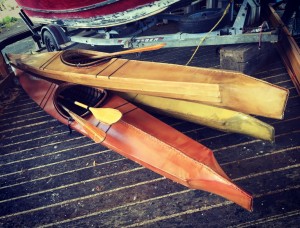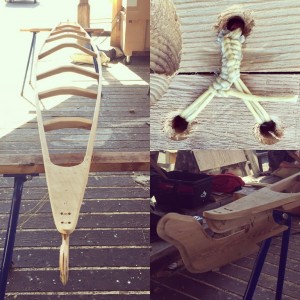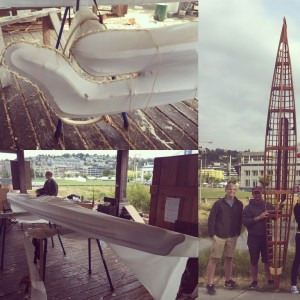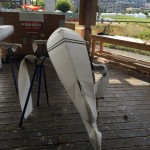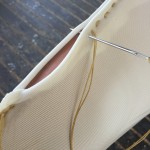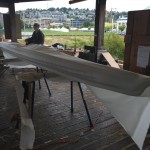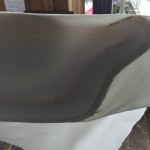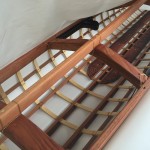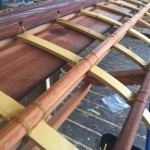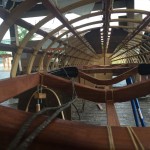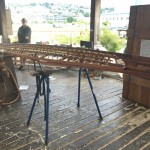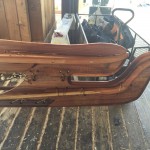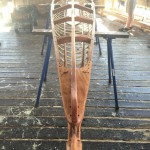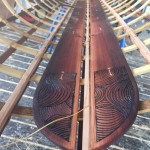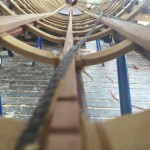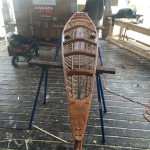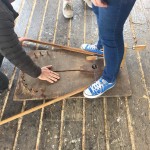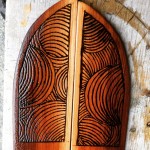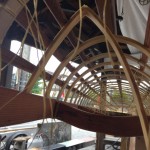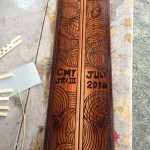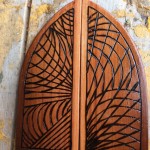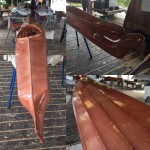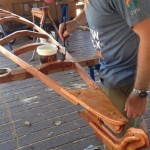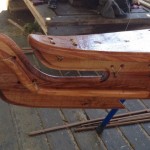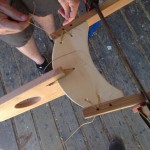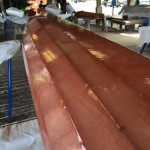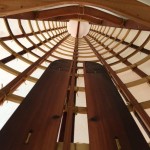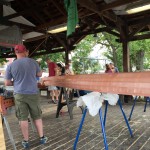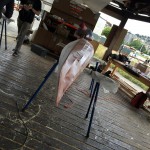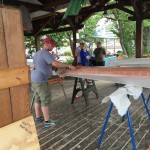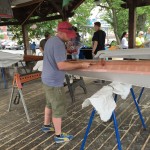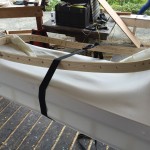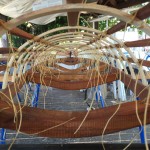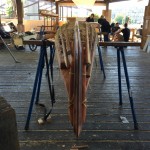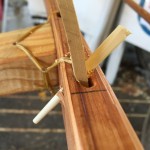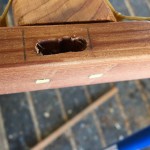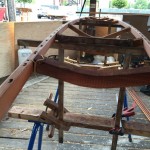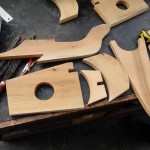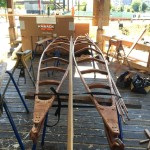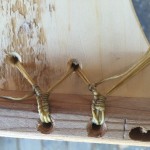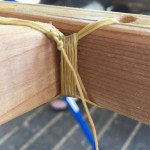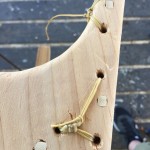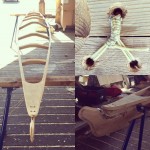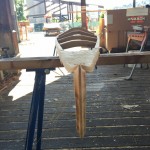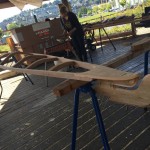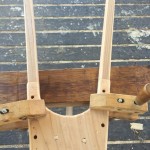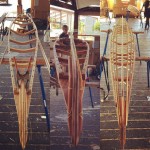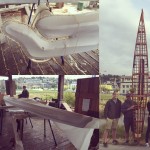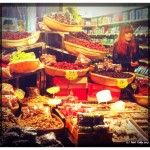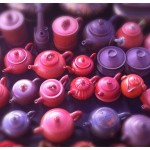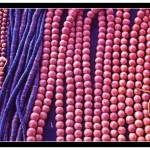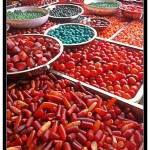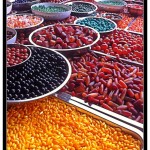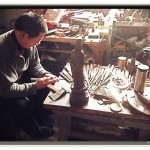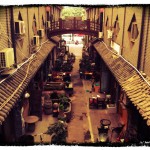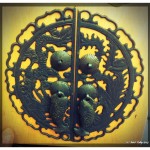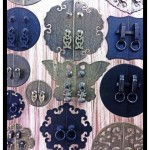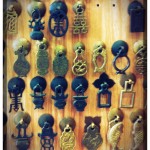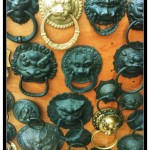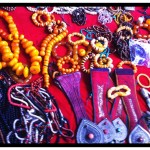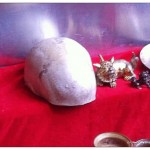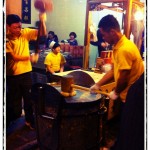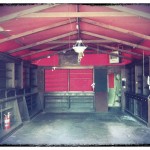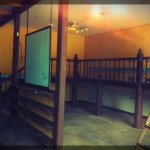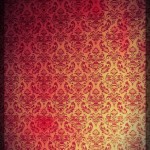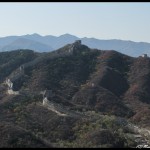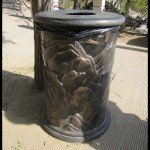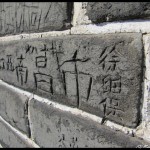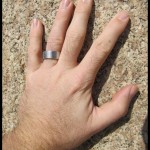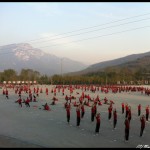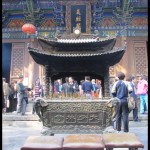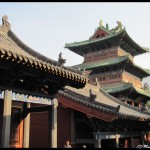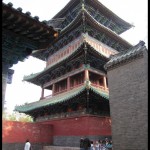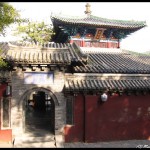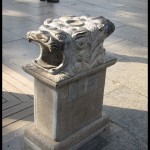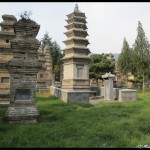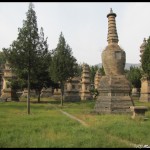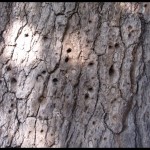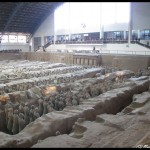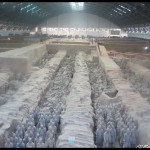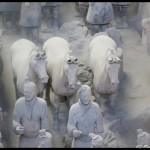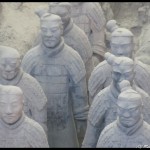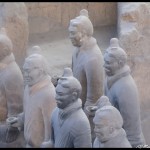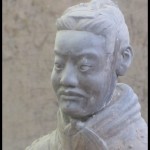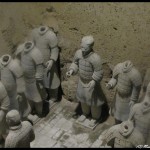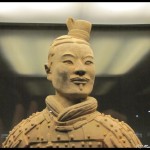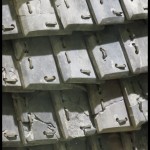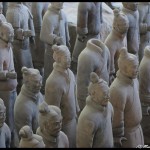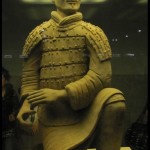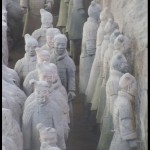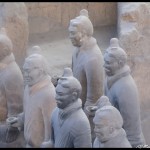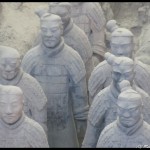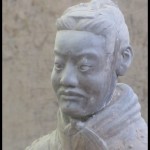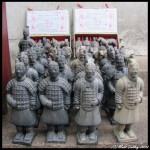When I was maybe 9, National Geographic, which was looked at with high reverence in our house growing up, had this amazing article about a discovery of a clay life-sized army found while some farmers were digging a well in China, under what used to be a village’s persimmon orchard and near the graveyard. I was enthralled and had dreams/fantasies of going all “Indiana Jones” there: finding adventure and treasure. It led to my wanting to be an archaeologist until I was 15 and learned that the career path of archaeology was long, paid poorly, was low in adventure, high on sweat & dirt, and hundreds of over-qualified people fought for what was often a single academic position at even 3rd and 4th tier colleges. None of which sounded ideal to a 15 year old. The career realization I had did nothing to diminish my interest in the warriors and have wanted to see them for myself since reading that small story almost 30 years ago.
My J-O-B sent me to China in November for a little over a week and I found myself in the city of Xi’an, my meeting over, and 7 hours until I had to be at the airport… I threw all my crap in a suitcase, payed my hotel bill, hopped in a taxi and was at the site in 40 minutes. Cross one more AMAZING item off my bucket list! Pictures attached below.
From a more recent National Geo online artical:
“Qin’s army of clay soldiers and horses was not a somber procession but a supernatural display swathed in a riot of bold colors: red and green, purple and yellow. Sadly, most of the colors did not survive the crucible of time—or the exposure to air that comes with discovery and excavation. In earlier digs, archaeologists often watched helplessly as the warriors’ colors disintegrated in the dry Xian air. One study showed that once exposed, the lacquer underneath the paint begins to curl after 15 seconds and flake off in just four minutes—vibrant pieces of history lost in the time it takes to boil an egg.
Now a combination of serendipity and new preservation techniques is revealing the terra-cotta army’s true colors. A three-year excavation in Xian’s most famous site, known as Pit 1, has yielded more than a hundred soldiers, some still adorned with painted features, including black hair, pink faces, and black or brown eyes. The best-preserved specimens were found at the bottom of the pit, where a layer of mud created by flooding acted as a sort of 2,000-year-long spa treatment.
The last excavation in Pit 1 screeched to a halt in 1985 after a worker stole a warrior’s head and was summarily executed—a head for a head, as it were. In the long hiatus that followed, Chinese researchers worked with experts from the Bavarian State Conservation Office in Germany to develop a preservative known as PEG to help save the warriors’ colors. During the recent excavation, the moment a painted artifact was unearthed, workers sprayed any bit of exposed color with the solution, then wrapped it in plastic to keep in the protective moisture. The most colorful pieces (and the earth surrounding them) have been removed to an on-site laboratory for further treatment. To everyone’s delight, the modern techniques for preserving ancient colors seem to be working.
In a narrow trench on the north side of Pit 1, archaeologist Shen Maosheng leads me past what look like terra-cotta backpacks strewn across the reddish soil. They are, in fact, clay quivers still bristling with bronze arrows. Shen and I skirt the remnants of a freshly excavated chariot, then stop beside a plastic sheet. “Want to see a real find?” he asks.
Lifting the sheet, Shen unveils a jagged, three-foot-long shield. The wood has rotted away, but the shield’s delicate design and brilliant reds, greens, and whites are imprinted on the earth. A few steps away is an intact military drum whose leather surface has left another glorious pattern on the dirt, its crimson lines as fine as human hair. Together with the imprints of finely woven silk and linen textiles also found here, these artifacts offer clues about the artistic culture that flourished under the Qin dynasty and the vibrant palette that infused it.
With so much color and artistry imprinted on the soil—the ancient paint, alas, adheres to dirt more readily than to lacquer—Chinese preservationists are now trying to preserve the earth itself. “We are treating the earth as an artifact,” says Rong Bo, the museum’s head chemist, who helped develop a binding agent, now under patent, that holds the soil together so the color won’t be lost. The next challenge, Rong says, will be to find an acceptable method for reapplying this color to the warriors.
With less than one percent of the vast tomb complex excavated so far, it may take centuries to uncover all that remains hidden. But the pace of discovery is quickening. In 2011 the museum launched two long-term excavation projects on the flanks of the 250-foot-high central burial mound. Exploratory digs in this area a decade ago uncovered a group of terra-cotta acrobats and strong men. More extensive excavations will yield “mind-boggling discoveries,” predicts Wu Yongqi, the museum’s director.”
